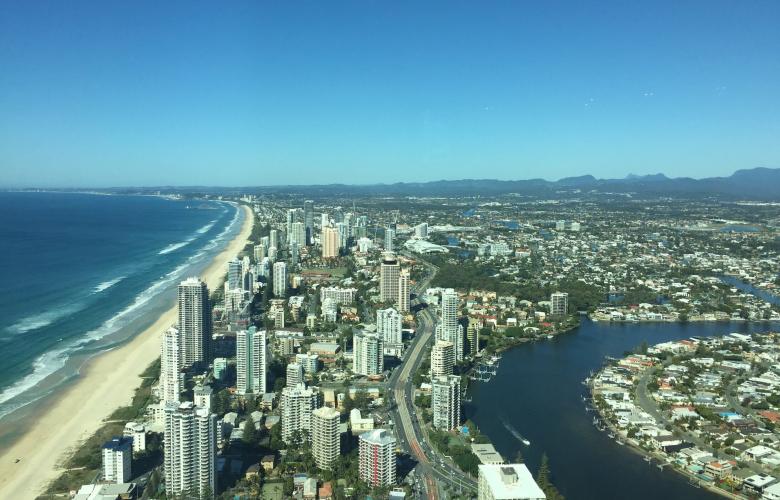Tenant demand set to push vacancy down in Gold Coast office market - Knight Frank
Contact
Tenant demand set to push vacancy down in Gold Coast office market - Knight Frank
Knight Frank's Gold Coast Office Market Overview March 2019 has found that tenant demand in the region's office market is steadily improving.
Sustained population and employment growth on the Gold Coast will underpin the city’s continued maturation as a service centre and business hub, which will, in turn, strengthen its office market, according to Knight Frank.
Tania Moore, Knight Frank Partner and Joint Head of Gold Coast, said tenant demand in the region’s office market was steadily improving following the first half of 2018, where business was interrupted by the Commonwealth Games.
“The second half of 2018 and into 2019 has seen stronger levels of tenant enquiry, and we forecast this will only get stronger as the city’s population continues to grow, along with employment growth, which is underscoring office demand,” she said.
At a glance:
- Knight Frank's Gold Coast Office Market Overview March 2019 reveals tenant demand in the Gold Coast office market is steadily improving, coming from local businesses as well as a growing core of larger corporates
- Vacancy levels are expected to reduce during 2019, with likely fluctuations over the 2020/2021 period.
- The number of workers on the Gold Coast grew by 24 per cent in the five years to November 2018.
Knight Frank's Gold Coast Office Market Overview March 2019 forecast population growth in the region to average two per cent per annum over the 25 years from 2016 to 2041, with the majority of growth to come from both internal and overseas migration due to lifestyle and educational opportunities.
There are jobs to support the people moving in, with the Gold Coast unemployment rate at a low of 4.3 per cent as at the end of December 2018, well below the Queensland average of 6.1 per cent.
The number of workers on the Gold Coast grew by 24 per cent in the five years to November 2018, with the two fastest-growing white collar sectors being Finance & Insurance (up 58 per cent) and Education & Training (up 45 per cent).
Ms Moore said tenant demand in the Gold Coast’s office market had remained dominated by local businesses, but there was a growing core of larger corporates with branch or head offices located in the region, including National Disability Insurance Agency, Mantra Group (Accor) and Wyndham Vacation Resorts Asia Pacific, creating competition between the two tenant groups for limited stock.
“There are a number of requirements an office asset must satisfy to be attractive to all tenant types," she said.
"Gold Coast businesses are driven by both locational convenience for business owners and customers with an overlaying cost sensitivity, while larger corporates bring the requirements of public transport, green ratings, staff amenity and retention and efficiency of floorplate to the table when choosing a location.
“With only 37,500 square metres of supply added to the Gold Coast market over the past 10 years - equating to a nine per cent growth in the stock base - there is a relatively small pool of modern assets which can handle the higher employee densities required for major corporate branch offices, processing centres and call centres.
“This disconnect between the wish lists of tenants and the available stock on the ground is likely to only widen in the coming years with limited supply anticipated.”
Research from Knight Frank found supply in the Gold Coast office market remained low, but pre-committed new construction was beginning to flow through with Acuity Business Park to start construction in Robina.
Knight Frank Partner Jennelle Wilson said supply is expected to remain sporadic and pre-commitment driven in the medium term.
“The supply of new office space across the core Gold Coast precincts remained stalled during 2018 with only 2,744 square metres of refurbished space returning to the market,” she said.
The Knight Frank report commented that total vacancy in the Gold Coast office market was 11.6 per cent after hitting 12 per cent in mid 2018, and up from the 10-year lows of 10.6 per cent in January 2018, according to Property Council of Australia figures.
Similar to this:
'Iconic' Gold Coast office development site sold for 3.4 million
Potential shift of focus for foreign office investors in 2019, says JLL





